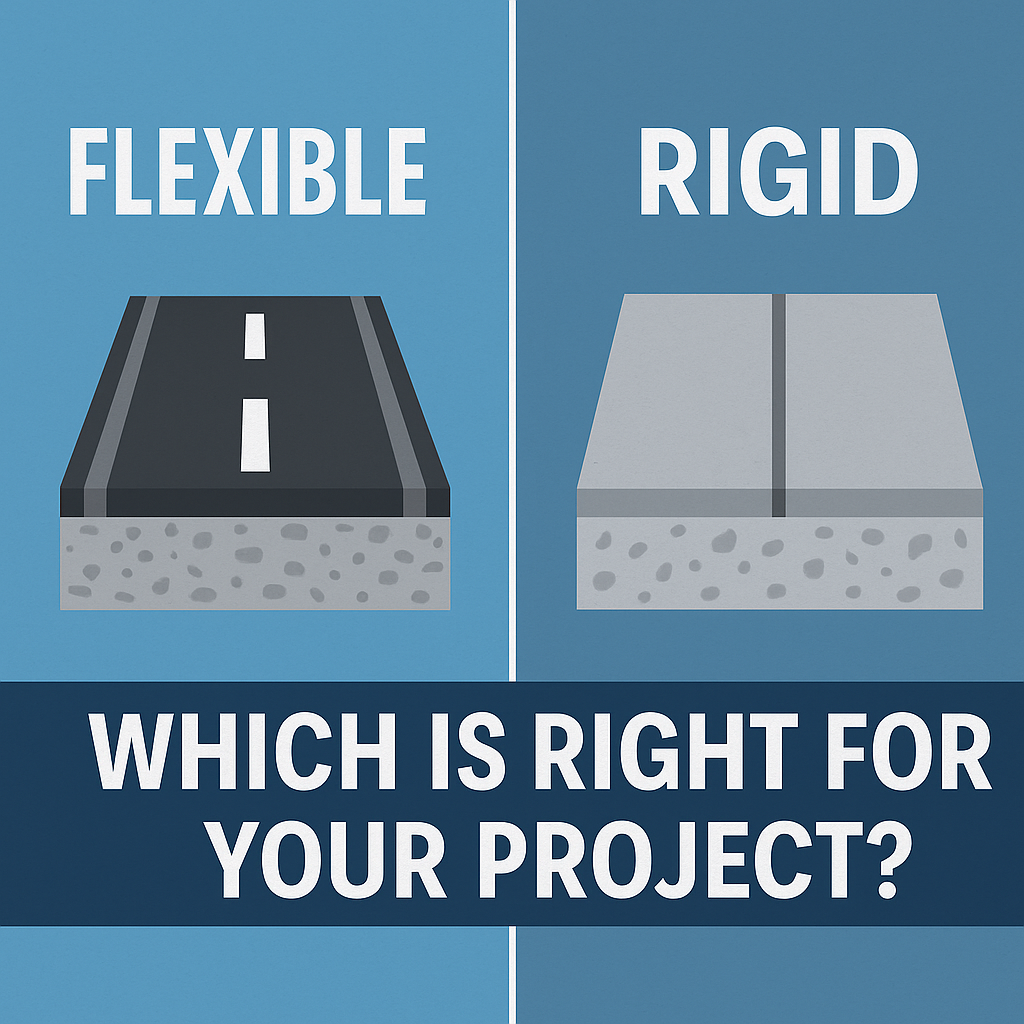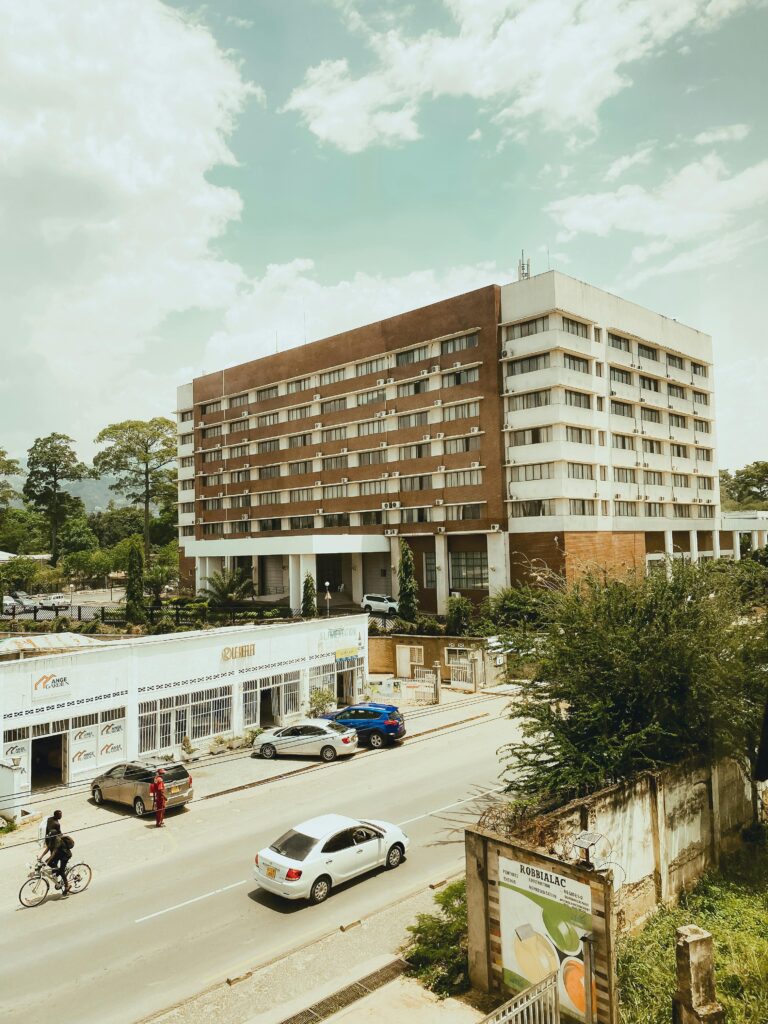Estimating ridership is the single most important early exercise in mass transit planning. A realistic ridership estimate tells you whether a scheme is worth designing, what level of service you should provide, and whether further investment in full demand modelling is warranted. This guide explains how to estimate ridership using both simple, defensible methods and the proper modelling approaches planners use, what data you need, useful formulas, how to calibrate to local systems, and how to understand uncertainty and margin of error.
- For a quick screening use a corridor-yield approach: corridor population × trip rate × capture rate × coverage (adjusted for fare & car competitiveness).
- For robust forecasts use a travel-demand model (four-step or activity-based), calibrated with local data (surveys, smartcard, traffic counts).
- Always calibrate your simple tool to a known corridor (adjust capture/car competitiveness until modeled ≈ observed).
- Expect large uncertainty from simple methods (±30–50%); calibrated models reduce this but still have error bounds.
Terminology & definitions
- Trip: a single movement from origin to destination (home → work is 1 trip).
- Trip rate (TR): average daily trips per person (e.g., 2.5 trips/person/day).
- Capture rate (CR): share of corridor trips that use the proposed line (e.g., 12% = 0.12). This is corridor-level, not citywide mode share.
- Coverage: fraction of the corridor effectively served by stops/stations (0..1). If stops are sparse, coverage is low.
- Unlinked passenger trips (boardings) vs linked trips: be clear which you report. Most planning uses linked trips (person trips) but some operators report boardings (a transfer counts multiple boardings).
- Generalised cost: a composite measure of travel impedance including in-vehicle time, waiting, walking, fare — used in mode choice models.
- Travel demand model: software/approach to estimate origin–destination trips and mode choices (four-step or activity-based).
Two Methods for Estimating Transit Ridership
1) Quick corridor yield (spreadsheet-friendly)
Useful for rapid screening and comparison. Works with a few inputs and produces an order-of-magnitude daily and peak-hour ridership.
Inputs
- P = population within 500 m of the corridor (people)
- TR = trip rate (trips/person/day), default ≈ 2.5
- CR = capture rate (fraction) — default by mode (Bus 6%, BRT 12%, LRT 15%, Metro 20%)
- coverage = fraction of corridor effectively within stop catchments (0..1)
- fare_index F (1 = same as base; >1 reduces ridership)
- car competitiveness CF (>1 means cars are more attractive; increases denominator and reduces ridership)
- peak_share (fraction of daily in peak hour, e.g., 0.12)
Formula (simple)
daily_ridership = P × TR × CR × coverage / F / CF
peak_hour_ridership = daily_ridership × peak_share
Stop-catchment coverage (simple, defensible)
A pragmatic approach: assume each stop covers ≈ 1.0 km of corridor (≈ ±500 m walk along the line).
effectiveCoveredKm = min(route_length_km, stops × catchmentPerStopKm)
coverage = effectiveCoveredKm / route_length_km
(You can make catchmentPerStopKm mode-specific, e.g., 0.8 km for bus, 1.0 for BRT, 1.2 for LRT, etc.)
Worked example (step-by-step)
Route: 27 km, stops 27, population P = 1,000,000 inside 500m, mode = BRT, TR = 2.5, CR = 0.12, F = 1, CF = 1.5, peak_share = 0.12.
baseTrips = P × TR = 1,000,000 × 2.5 = 2,500,000 trips/daycaptured = baseTrips × CR = 2,500,000 × 0.12 = 300,000 trips/day- coverage: each stop covers 1.0 km → effectiveCoveredKm = min(27, 27×1.0) = 27 → coverage = 27 / 27 = 1.0
- adjust for fare & car:
adjusted = captured / (F × CF) = 300,000 / 1.5 = 200,000 - peak hour:
peak = 200,000 × 0.12 = 24,000 pax/hour
This is the same simple math used in the screening tool — straightforward and transparent.
When to use: early feasibility, comparing alternatives, internal briefings, corridor prioritisation.
2) Proper route-level modelling (recommended for design)
When decisions (investment, procurement, detailed design) depend on ridership, use a proper modelling approach: a four-step model or an activity-based model (ABM).
Four-step model (traditional)
- Trip generation — how many trips originate/destinate in each zone (use socioeconomic data).
- Trip distribution — how trips are allocated between origins and destinations (gravity model or friction functions).
- Mode choice — choose between driving, transit, walking, cycling (discrete choice models such as multinomial logit). Mode choice uses generalized cost; typical specification:
P(transit | OD) = exp(-β * C_transit) / [exp(-β*C_transit) + exp(-β*C_car) + ...]where C includes weighted time + fare. - Assignment — assign trips to transit routes and road network; compute loads, waiting times, and travel times.
Activity-based models (ABM)
- Simulate people’s activity schedules; produce richer, behaviourally realistic trips and mode choices.
- More data-heavy and computationally expensive, but better for complex travel patterns, peak spreading, and policies.
Advantages: explicitly model time-of-day, transfers, fare structures, network effects, and policy scenarios (pricing, dedicated lanes, frequency).
Data needs: household travel surveys, land-use & employment data, network (road + transit), observed ridership for calibration.
Data sources for ridership inputs
- Census / population data: national statistical agencies, gridded population datasets (WorldPop, LandScan) if detailed local figures unavailable.
- Household travel surveys: best source for trip rates and mode choice behaviour.
- Smartcard / APC / farebox data: real ridership by route, time-of-day (gold standard for calibration).
- Traffic counts: vehicle counts to estimate competing car demand.
- OpenStreetMap (OSM): stops, street network, land-use proxies.
- Point-of-interest datasets and employment/POI layers for activity attraction.
- Mobile phone / CDR / location data: for origin–destination and trip volumes (privacy & licensing permitting).
- Routing APIs (OpenRouteService, OSRM, Google/Mapbox inter alia): compute travel times & distances used in generalized cost.
If you don’t have local surveys, use best-practice defaults but document and test sensitivity.
Mode choice — how to make it behaviourally sound
Mode choice is where the single biggest realism gain occurs compared to naive methods. Typical approach:
- Define generalized cost (C):
C_transit = a * in_vehicle_time + b * wait_time + c * walk_time + fare_weight * fare + transfer_penalty C_car = time_weight * drive_time + monetary_cost_weight * money_costWeights convert time/cost to the same unit (e.g., minutes or monetary units using value of time). - Estimate a logit model:
Share_transit = exp(-θ * C_transit) / [exp(-θ * C_transit) + exp(-θ * C_car)]θ is a scale parameter (calibrated with survey data). - Result: capture rate becomes the share_transit aggregated for corridor OD pairs.
If you lack parameters, use plausible elasticities: fare elasticities often −0.2 to −0.6 (i.e., 10% fare increase ⇒ 2–6% reduction in trips). Time elasticities similarly vary; use local studies where possible.
Calibration — make it locally credible
Simple tools are useful but must be tuned to local reality.
Calibration workflow
- Select a corridor or route with known observed ridership.
- Compile inputs: length, stops, corridor population, observed daily ridership, trip rates (if available).
- Use the model (simple or four-step) and adjust capture rate and car competitiveness (or other parameters) until the model reproduces observed ridership within a sensible margin (e.g., ±10–20%).
- Validate on a second corridor if possible. If validation fails, re-examine input population, trip rates, or model assumptions.
Tip: adjust the capture rate and car competitiveness first — they’re the most influential. Keep a record of calibrated defaults for your city and use them for other corridors.
Sensitivity analysis — test the ridership range
Always run sensitivity tests. Vary key inputs (population, capture rate, trip rate, car competitiveness) within realistic bounds and produce a band (low/medium/high) of ridership.
Example sensitivity steps:
- Population ±10–20%
- Capture rate ±20–30% relative (or ± 2–5 percentage points)
- Trip rate 2.0–3.0 trips/person/day
- Car factor 0.8–2.0 (depending on local car dominance)
Show results as a table or shaded band on charts — decision-makers like “likely range” rather than a single point estimate.
Typical errors & expected margins of uncertainty
all models are wrong, some are useful
No model is perfect. Sources of error:
- Input data errors (bad population estimates, wrong stop counts)
- Behavioural assumption errors (wrong trip rate, wrong catchment assumptions)
- Model structural errors (omitting transfers, ignoring network effects)
- Calibration/validation gaps
Guidance on error magnitude (rule of thumb):
- Simple spreadsheet/corridor methods: expect ±30–50% uncertainty on daily ridership. Good for screening, not procurement.
- Calibrated four-step models: typical aggregate errors may fall to ±10–25% (depends on local data quality).
- Activity-based: can improve behavioural realism, but data & calibration quality still determine errors.
Always present results as ranges and emphasize assumptions.
Common errors in estimating transit ridership
- Using city population instead of corridor population. Always measure the population actually within a walkable distance to stops (buffering in GIS).
- Confusing boardings and linked trips. Pick one and state it. Operators often report boardings; planners often prefer linked trips.
- Assuming perfect transfers or infinite capacity. Transfers and capacity constraints matter; they reduce realized ridership.
- Ignoring fares & competing travel costs. Fare changes or free parking materially alter mode choice.
- Using defaults without calibration. Defaults are only a starting point.
Transit User Data-collection checklist (minimum)
For a defensible ridership estimate you should try to obtain:
- Corridor population (500 m buffer) — GIS buffer on census or gridded population.
- Employment & major destinations (POIs).
- Existing transit ridership (smartcard/APC) for calibration.
- Observed trip rates if available (household travel survey).
- Travel times (driving and transit) between major trip attractors (routing API).
- Fare structure and transfer rules.
Presenting results to Transit planning agencies or decision-makers
- Show inputs & assumptions upfront (transparency).
- Provide low / baseline / high scenarios.
- Map the corridor with the covered/uncovered segments.
- State calibration: “Calibrated to X line which has Y observed trips.”
- Add an interpretation: what ridership implies for frequency, stop spacing, or possible revenue (careful with operational metrics — keep this tool ridership-only if you have a separate fleet tool).
Example transit planning workflows (from quick screen to detailed study)
- Rapid screening: use corridor yield for several alignments → shortlist 3.
- Calibrate: pick one or two existing routes in the city → tune capture & competitiveness.
- Refined estimate: run a network-level four-step or ABM to capture redistribution and route interactions.
- Operational planning: feed peak demand into a fleet/vehicle-scheduling tool (separate).
- Feasibility & business case: combine ridership, cost, revenue, benefits → decide whether to proceed to design.
Calibration recipe
- Pick an observed route. Collect P, length, stops, observed daily ridership.
- Run the simple model with default TR, CR, CF.
- If model >> observed, increase CF or reduce CR; if model << observed, reduce CF or increase CR.
- Re-run and iterate until fit is acceptable. Save calibrated defaults.
Final notes on ridership uncertainty and decisions
- Use simple tools for screening & comparison, not as the sole input for major investment decisions.
- Always show assumptions & sensitivity — decision-makers must understand where numbers come from and how fragile they are.
- Combine ridership estimates with economic, engineering, and environmental analysis before committing to a design.
If you’re using a quick tool (like the interactive Transit Ridership Estimator on this site), use it to:
- Run multiple alignments/modes quickly,
- Calibrate to a known local line, and
- Produce low/medium/high ranges for decision meetings.
For anything beyond early screening, commission a corridor-level study with demand modelling, or use a calibrated four-step or activity-based model.



